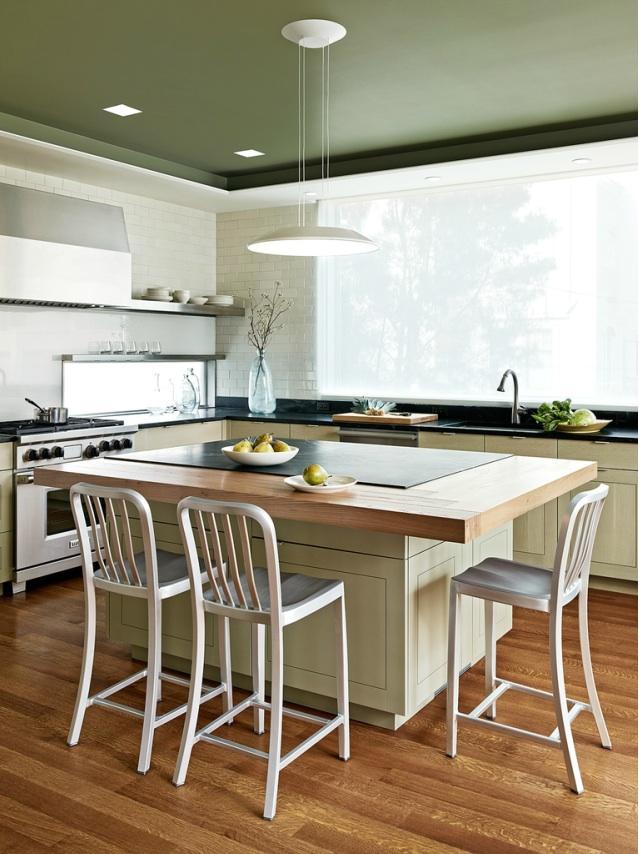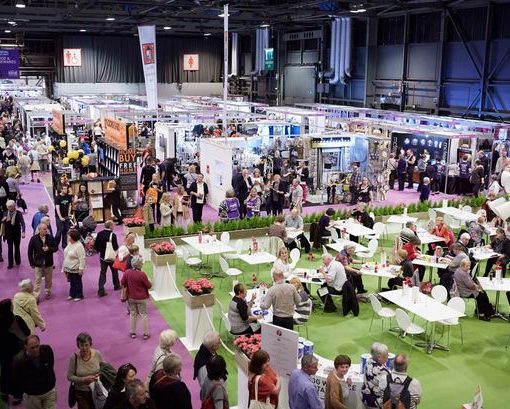The following series of blogs will deal with the different important elements of exterior painting. The first series will concern Preparation, to be followed by Base-coating then Top-coating.
Preparation of surfaces. article 1.
Someone once said that when planning any event or performance–the maxim is –8O% preparation, 20% event!!
This principle applies equally well to exterior decorating.
Preparation of exterior surfaces for painting is at least fifty percent of any exterior painting job.
What are the stages of preparation for exterior painting?
Washing down.
This applies anywhere in the country but especially so in large cities such as London. Masonry and wood surfaces become ingrained with carbon, soot, dust, soil and all the other pollutants that are part of the everyday atmosphere of a busy city. Surfaces must be cleaned of these before any exterior painting is commenced. Paint will not adhere to surfaces which are soiled, greasy or carbonised.
The amatuer decorator–or the negligent or untrained one–will not give this step the importance it deserves. And unfortunately this omission will not always become apparent until a few weeks or months after the painting is ‘finished’. This is because it is not possible to detect ‘uncleaned’ surfaces once the paint has been applied. The surface looks freshly painted–and it is–but the probability is that the paint finish will not last anything like as long as it would had the surface been properly and thoroughly washed down.
Method.
There are two main methods for washing down.
1. High Pressure water.
If the access permits it, and one has a power and water supply available, power washing can be an efficient and effective method of cleaning exterior surfaces. One must take care with the angle of the jet not to dislodge mortar joints or to spray the water jet through cracks or gaps in windows and one does not apply this method near to electrical fittings, lights, cables etc.
2. Bucket and sponge.
The traditional method of bucket and sponge is perfectly satisfactory. One uses a small amount of detergent in the water to help with cutting through carbon and grease deposits. If you have to increase the detergent it is important to rinse with a second bucket of clean water to remove detergent residue. Again, take care with electrical fittings, and not to cause water damage to internal surfaces or furnishings.
Use a crevice brush to access awkward places.
Clean off all soil, dust, carbon and grease. This action alone will often greatly improve the appearance of external surfaces–and it will leave the masonry, brickwork and woodwork in a clean and grease-free condition ready for the next stage of preparation and subsequent painting.
I hope you find this useful. If you have any questions about preparation of exterior surfaces or about any other decorating topic please contact us. The next article will deal with repairs to masonry, brickwork and exterior wooden surfaces.




